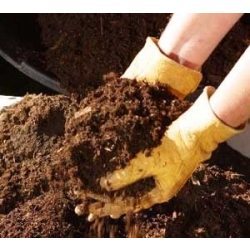 The population of Earth is rising day by day, forcing agriculture to boost its production through the use of GM crops, the exploitment of new plant species for human consumption and, more traditionally, by employing increasingly large amounts of fertilizers (see the EFMA EU trend here).
The population of Earth is rising day by day, forcing agriculture to boost its production through the use of GM crops, the exploitment of new plant species for human consumption and, more traditionally, by employing increasingly large amounts of fertilizers (see the EFMA EU trend here).
Most of the commonly used fertilizers are sources of phosphate and nitrate ions that if used constantly can percolate through soil and contaminate groundwater and eventually affect the quality of drinking water.
Following the WHO guidelines reviewed in 2003, the maximum limit of nitrate in drinking water is set at 5omg/Litre and a maximum of 3mg/L for nitrite for short term exposure. The main consequences of exposure to higher doses of nitrate and nitrite are methaemoglobinaemia (conversion of hameoglobulin into methaemoglobulin, unable to carry oxygen) and morphological changes in the adrenal glands, lungs and heart (in animal models).
Ion exchange and chlorination, two common water denitrification processes are unable to efficiently remove nitrite due to its solubility and other processes produce a number of undesired toxic products like nitrite and ammonia.
Mishra et al., in a study presented in Catalysis Science and Technology proposed a preliminary but encouraging process to photocatalitically convert nitrate in nitrogen gas with minimal production of side-products.
In the first application in this field, tungsten and nitrogen doped titania was used in association with formic acid (a hole scavenger that increase the rate of reduction) for the reduction of nitrate with visible light produced by a high pressure Hg vapour lamp. After several studies on the ideal combination of doping agents and manufacturing conditions, the group found that a 2% of tungsten yielded the most active form of the catalyst (although larger percentages of the metal increased the absorption in the visible region).
Testing of the material for activity unveiled a selectivity for nitrogen gas of around 95% in contrast with just 50% obtained when tungsten wasn`t incorporated into the catalyst. To mimic potential real-life application, the tests were performed in air and also in the presence of chloride anions, the effect of which appeared to be overall beneficial to the reaction.
A discussion of the factors determining the activity of the system pointed out the importance of the exact combination of doping, hole scavenger, morphology of the material, mesoporosity and the presence of hydroxyl groups on the surface.
The characteristics of the material could make it a good candidate for a solar light-powered version of the process.
Mesoporous WN co-doped titania nanomaterial with enhanced photocatalytic aqueous nitrate removal activity under visible light
T. Mishra, M. Mahato, Noor Aman, J. N. Patel and R. K. Sahu
Catal. Sci. Technol., 2011, Advance Article
DOI: 10.1039/C1CY00042J, Paper
 Shogo Shimazu and colleagues from Chiba University in Japan have made a novel anionic D-valine–Pd(II) complex, which they then intercalated into a NiZn interlayer as an active species for aerobic alcohol oxidation. To create a more efficient heterogeneous catalyst, the team added a Brønsted basic PO43- anion into the NiZn interlayer along with the anionic D-valine–Pd(II) complex. Find how how effecient the resulting catalyst is by reading Shimazu’s recently published Hot Article – free to access until the 16th September.
Shogo Shimazu and colleagues from Chiba University in Japan have made a novel anionic D-valine–Pd(II) complex, which they then intercalated into a NiZn interlayer as an active species for aerobic alcohol oxidation. To create a more efficient heterogeneous catalyst, the team added a Brønsted basic PO43- anion into the NiZn interlayer along with the anionic D-valine–Pd(II) complex. Find how how effecient the resulting catalyst is by reading Shimazu’s recently published Hot Article – free to access until the 16th September. Follow Jamie Humphrey at #EuropacatX in Glasgow this week on Twitter………
Follow Jamie Humphrey at #EuropacatX in Glasgow this week on Twitter………










 Cynthia Friend and colleagues at Harvard University look at how propene bonds and reacts on the surface of gold in this Catalysis Science & Technology paper.
Cynthia Friend and colleagues at Harvard University look at how propene bonds and reacts on the surface of gold in this Catalysis Science & Technology paper.
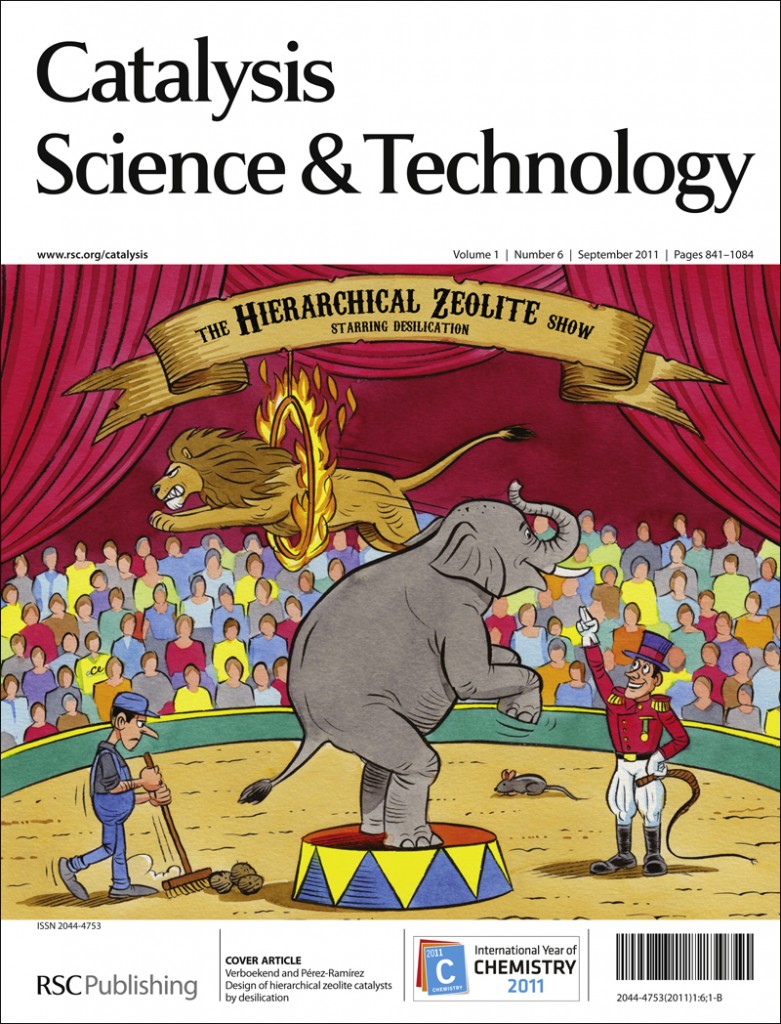
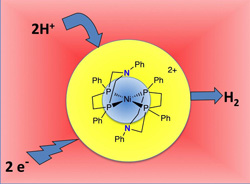 Check out this recent Science paper on
Check out this recent Science paper on 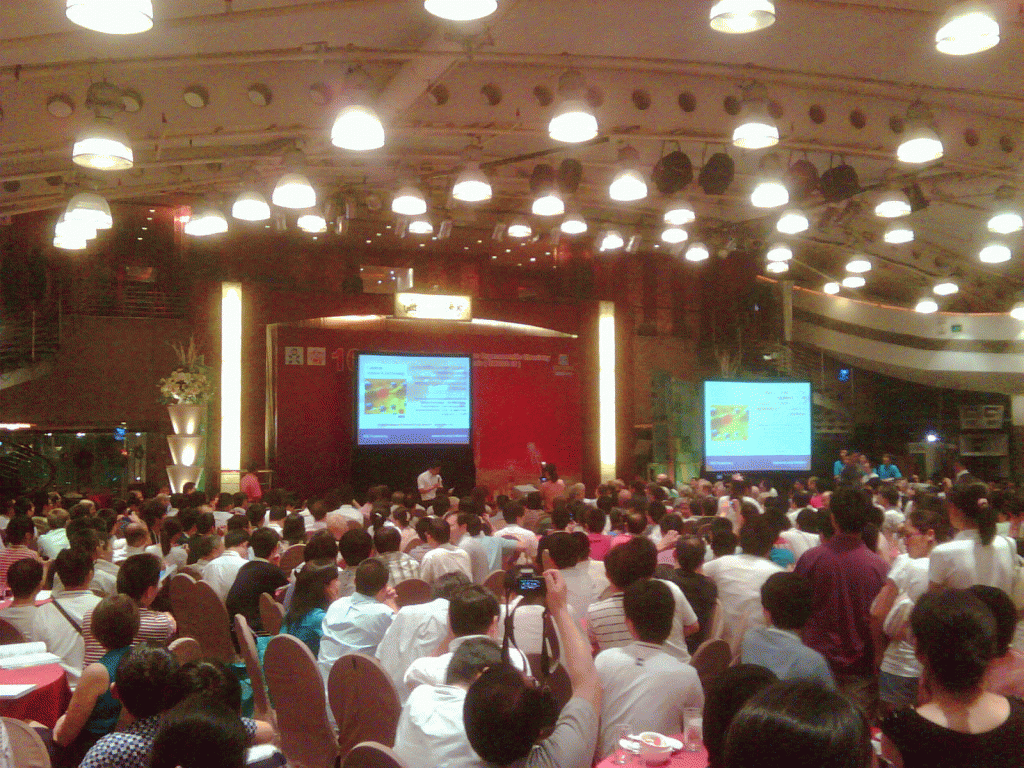

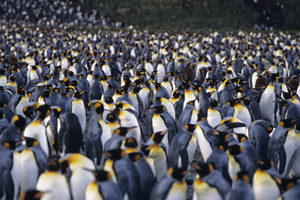
_410_tcm18-202980.jpg)
